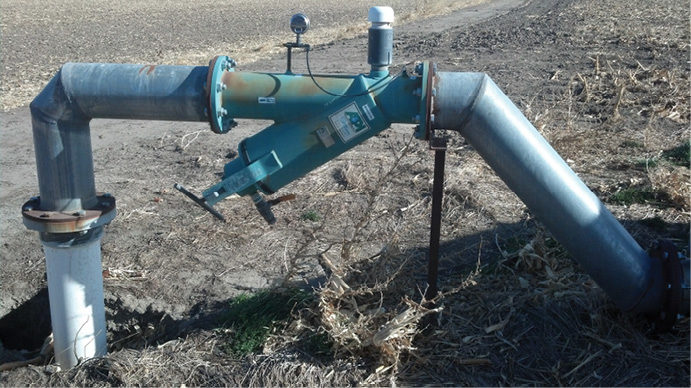No-Till Farmer
Get full access NOW to the most comprehensive, powerful and easy-to-use online resource for no-tillage practices. Just one good idea will pay for your subscription hundreds of times over.

As drought conditions persist and water supplies are pressured, an increasing number of farmers, including no-tillers, are turning to subsurface drip-irrigation systems to maximize water use.
Subsurface drip irrigation (SDI) involves the installation of small “drip tape” water lines 1 to 2 feet under the soil. At controlled intervals, water and fertilizer is pumped through the lines into the root zone for uptake by plants.
Drip irrigation is attractive to some no-tillers because the buried water lines minimize equipment traffic and compaction in fields and can improve water- and fertilizer-use efficiency.
High crop prices could bring a return on investment with SDI more quickly than ever before. But before making the switch, no-tillers should prepare an analysis of the installation and labor costs in comparison with center-pivot and flood systems.
Drip irrigation was first commercialized in the 1960s and now accounts for over 50% of the irrigation of horticultural and specialty crops in the U.S.
Today, the practice has expanded to soybean, corn, wheat and cotton acres, and it’s an attractive option for fields with slopes, obstructions or irregular shapes.
The use of drip irrigation on row crops in the U.S. has increased from around 400,000 acres in 2003 to 640,000 in 2008, the USDA says in a 2009 report.
Drip irrigation can work on slopes, although most farms with the technology have slopes less than 10%. Pressure-compensating drip lines can be chosen to accommodate more severe slopes.
The system has even been adopted on some…